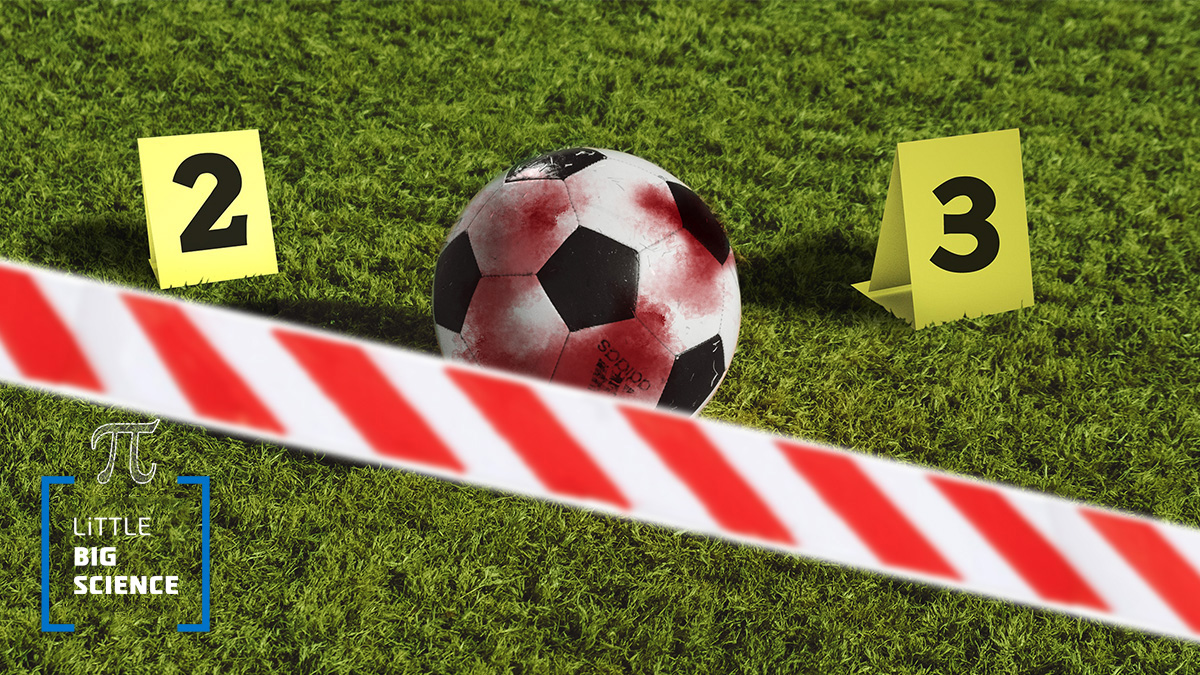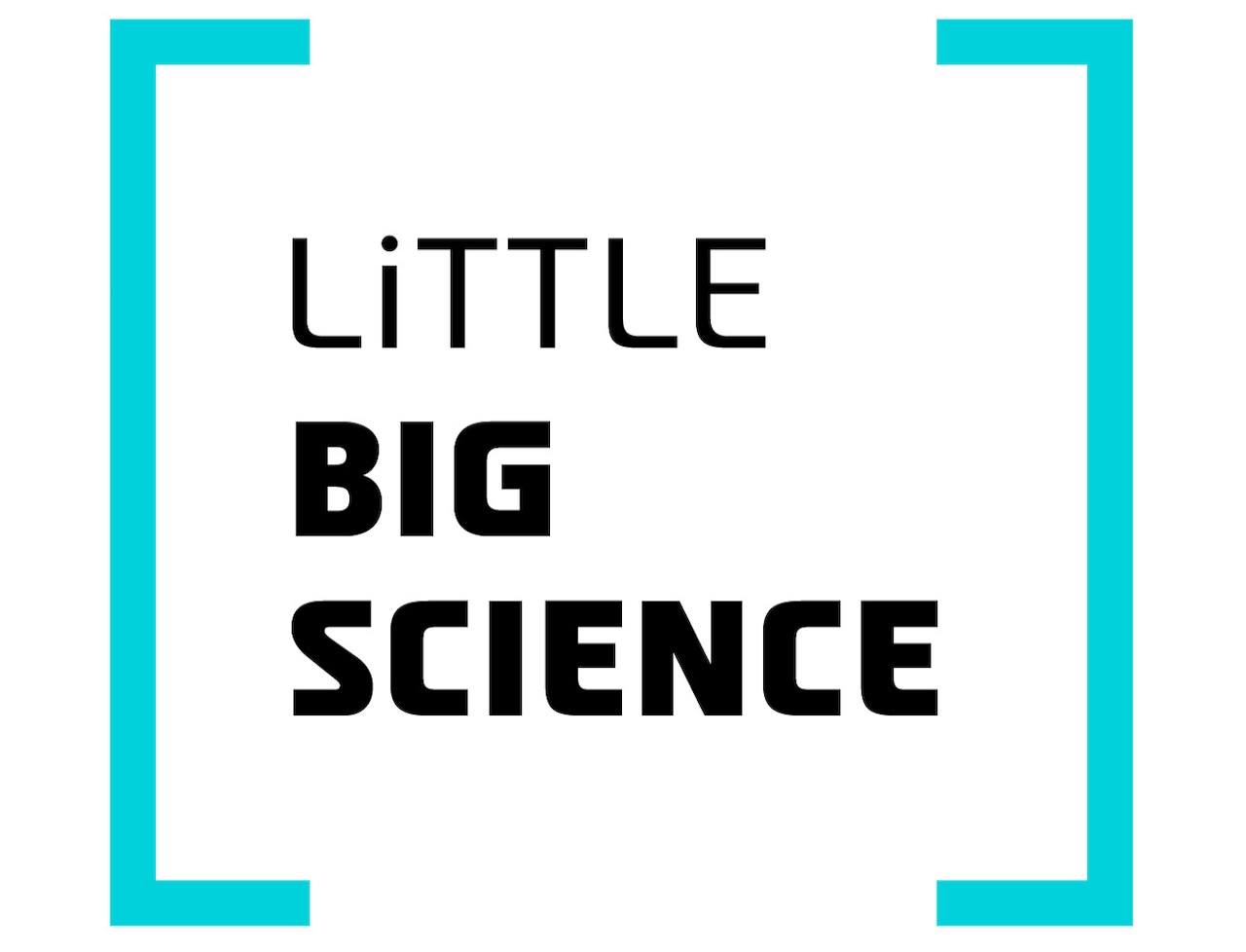
Imagine you came across a study that arrives at an impossible conclusion, such as “Living in Minnesota leads to happiness.” Could that be true? And how is it connected to an English soccer player who killed more than twenty celebrities?
Advertisement
You have surely come across odd headlines on major websites such as “Study shows: The Jewish gene prevents alcoholism” and thought to yourselves, “What a strange conclusion; that doesn’t seem plausible”. There are cases in which a study is conducted properly yet still yields incorrect results. There can be many reasons for this; in this article we will focus on one that stems from drawing the wrong conclusions from correlation.
We will illustrate this with a study whose hypothesis is “Eating lemon wafer leads to happiness in people”. We conduct the study and indeed find that lemon-wafer eaters are happier; that is, there is a connection between eating the wafer and happiness—something we know runs counter to common sense. How can this happen? The reason is a mistaken interpretation of the correlation.
Correlation is the statistical relationship between two variables, and it can be positive or negative. Sometimes changes that appear linked to the variable we measured are in fact caused by an entirely different variable. The study “won’t catch that,” because it only shows us the relationship; it does not examine the reason for it. Even if the study is performed correctly according to all guidelines—selecting a representative sample, maintaining double-blind conditions, randomization, etc.—when we compare the two quantitative variables measured in the sample, we will indeed find a correlation and therefore infer that one variable affects the other. Returning to the wafer example, we would find that happiness rises as people eat more lemon wafer and thus assume it is due to the wafer’s wonderful lemon flavor—but the real cause of happiness could be a totally different variable that was not measured, or a reversal of cause and effect.
This error can arise from ignoring a significant variable. Consider an interesting past study that showed a positive correlation between leaving a light on at night and myopia. The study concluded that nighttime ambient light intensity affects children’s vision, i.e., “Children who slept with a light on tended to wear glasses” [1]. A few years later, a similar study added one change: the researchers introduced an additional variable—“Do either of the parents wear glasses?” The results showed a correlation between parents with glasses and children with glasses, indicating that the cause was not nighttime lighting but likely genetics; perhaps because the parents saw poorly, they left a light on. In other words, a genetic variable not examined in the first study was added here.
Another possibility is that a correlation exists, but cause and effect are reversed. For example, an imaginary study might claim that people suffering from depression tend to live in Minnesota. As everyone knows, however, people living in Minnesota suffer from depression because they live in the state—not the other way around.
A further source of error is finding a link between variables without causality, or in plain language: “Don’t confuse me with facts.” We illustrate this with the well-known case of the “Aaron Ramsey curse” #ramseycurse. The curse says that every time Welsh soccer player Aaron Ramsey scores a goal, a famous person dies shortly afterward [2]. In March 2019, about two days after Ramsey scored, actor Luke Perry of Beverly Hills 90210 and The Prodigy’s lead singer Keith Flint passed away. Of course, there is no real connection between the player’s performance and these deaths, but someone will always strain to find a forced link.
In summary, it is advisable to think critically about studies that present correlations without proving causation—especially if they speak favorably of living in Minnesota and consuming lemon wafers. We invite you to waste a few hours of your life on an amusing website that collects various graphs with spurious correlations, such as the inverse correlation between the number of pirates and global warming, the link between films starring Nicolas Cage and the number of people who drowned in pools that year, and more [3].
English editing: Elee Shimshoni
References:







